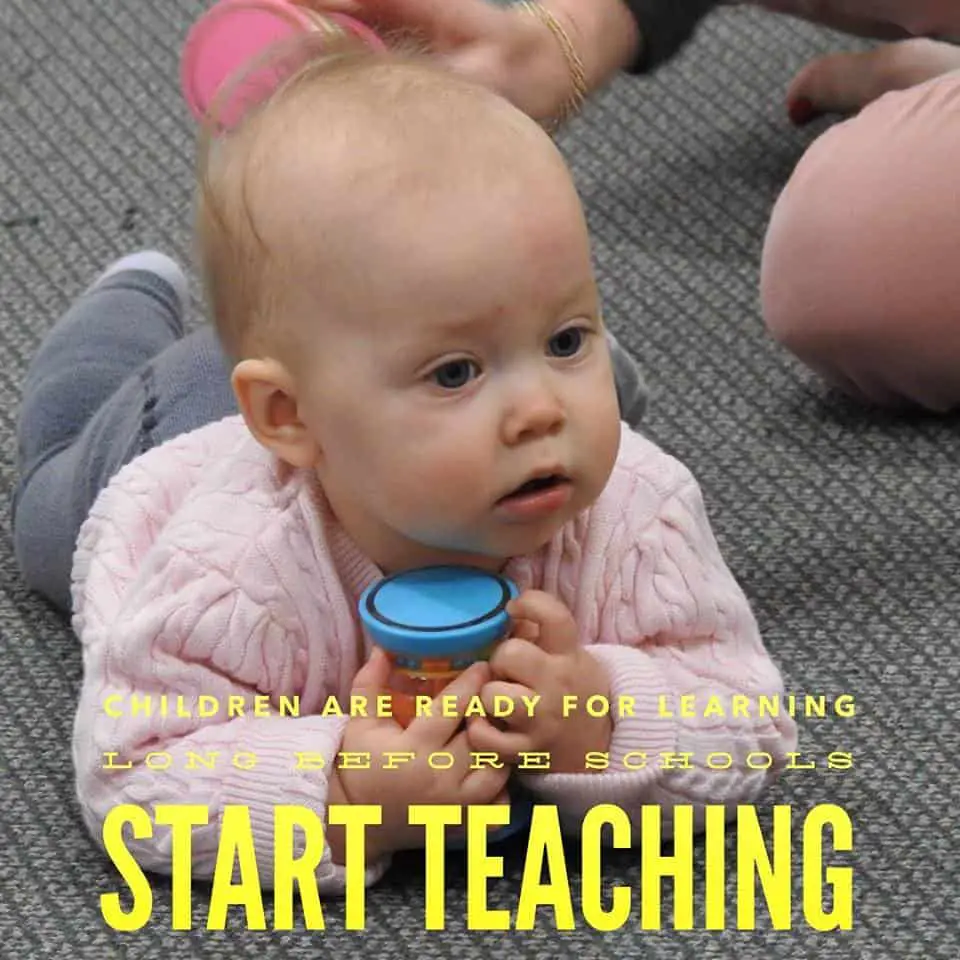We are seeing an increase in the amount of baby sensory offerings that are available in the market. Toys, classes, everything that spins, moves and sparkles. They make all sorts of claims to help brain development and learning.
But is all that good for babies? To answer that question, one has to understand the brain development of young babies. Firstly, babies are sensory beings. They learn about their world through all the senses and as the brain develops, primitive reflex movements are hopefully integrated or transformed into more complex, higher functioning skills.
When a child sees or experiences something new, the brain is stimulated and new brain connections are formed. This is a great thing and as a result they learn quickly when they are so young. Sounds good. So everything I said at the beginning sounds like it could be a good fit then. Or is it?
Information comes through all the senses:
- Sight
- Hearing
- Touch
- Taste
- Smell
- Proprioception and
- Vestibular
Let’s think back to those baby experiences and toys. Many classes have lots of props, with flashing lights, music, new shiny toys. Toys are bright, move, have music and textures, all at the same time. Everything is colorful, busy and looks wonderful to parents, but is this the optimal way to be presenting information to babies to facilitate brain growth?

While it is true that new brain connections are started when a child experiences something new, all children need repetition to acquire a skill. In fact, they need LOTS of repetition. Adults get sick of things long before children do and that is because the brain is crying out for the repetition needed to acquire the new skill. Even though the brain begins neural connections when it encounters something new, if not repeated, it will discard those connections that are not made strong and used over and over. The brain then develops future skills on the extension of those connections and experiences as children explore through play.
When we introduce babies to so many options and sensory stimulation, we run the risk of sensory overload, the inability to integrate the sensory information and if we are not careful, complete shut down.
From an auditory processing point of view, babies are not born with the same filters that adults develop. Because we process sound through both air pathways (air conduction) and our skeletal system (bone conduction), babies quickly become overloaded and unable to filter out information, until the central nervous system shuts down to protect the brain. The same can happen with visual and tactile stimulus.
When we give our children so many “props” we rob our babies of the ability to develop cognitive thinking and problem solving techniques. We give them all the information, rather than allowing them to work out the properties of an object and what it can do. How many times have we heard that parents have purchased an expensive present but the child was more interested in the box?
That is because the box offers more opportunities for brain connections, problem solving, and cognitive thinking, engaging the scientific side of the brain as well as imagination. With babies, carefully measured, appropriate activities with less props and a clear understanding of how their brains learn, provide a more beneficial learning environment.
After 32 years in the early childhood industry, and over 17 years as a sound therapist, Diana F Cameron understands how to facilitate activities to allow baby’s brains to explore, create and learn.
“Less is more when it comes to a baby’s brain development,” she says. “We must always take into account a baby’s slower processing speed and reduced ability to filter out unwanted stimuli. The brain is never free from stimuli. Because we live in gravity, the brain is constantly at work as our bodies resist it. Add to that additional stimuli that we create, and things can get very overwhelming very quickly for a young baby.”
